Several factors should be considered when choosing the type of ammunition that you shoot for various applications. Bullet weight, bullet type, load type, caliber, etc. will all define the characteristics of the bullet and how it performs.
Whether you are headed out to the gun range, your favorite hunting spot or competition, one of the most important aspects to think about is muzzle velocity. Target rounds, competition rounds, and even self-defense rounds will all perform to certain muzzle velocities. From pistols to rifles, this metric is an important performance concept to understand whether you’re a weekend shooter or a competitive marksman.
You’ll see the velocity numbers everywhere you look, from the packaging of the rounds to ballistics stats articles, for every type of bullet out there. But, what is muzzle velocity and how important is it? The importance of how muzzle velocity will impact your shooting ultimately depends on your purpose. If you’re just shooting paper targets at the range every so often, muzzle velocity won’t be too important for you.
What Is Muzzle Velocity?
Muzzle velocity is the measure of the speed of a projectile as soon as it leaves the barrel of the firearm. Measured in feet divided by seconds and represented as fps, muzzle velocity is going to be the fastest immediately after the projectile leaves the barrel.
For those out there that will contest this statement — yes, the velocity is technically the fastest at the moment of explosion, but it can only be measured once the bullet leaves the barrel. All types of ammunition can have the velocity measured, which is why it makes it a great way to compare similar ammunition types. Even shotgun shells with birdshot and full-metal jacket ammo can be measured. However, it is vital to keep in mind that muzzle velocity isn’t a great way to compare ammo with different purposes because downrange performance will differ.
There are three main components that can directly impact the muzzle velocity of a given firearm and they include:
- Quality and quantity of propellant
- Bullet weight
- Length of the barrel
Propellant
Each round of ammunition contains four main components: primer, case, propellant powder, and bullet. When fired, the primer ignites the propellant which burns in a controlled explosion that forces the bullet (projectile) to exit down the barrel. In the past, there were significant differences between the quality of propellant powders that were used to load cartridges, but today, the differences make it the least impactful.
In short, the more or the higher quality of propellant in the cartridge means a faster/higher energy explosion, which in turn creates more muzzle velocity.
Bullet Weight
In terms of simple physics, heavier objects require more force to get them to move. So, by applying that same lesson, heavier bullets have slower muzzle velocities than lighter bullets (keeping other variables the same). Many manufacturers produce the same round type in various bullet weights, which is a mass measurement called grains (gr). There are 7000 grains in one pound and 437.5 grains in one ounce.
The lightest bullets can be as light as 15 gr for 17 HMR rounds and some of the heaviest will be for .50 BMG rifles at a whopping 750 gr. Depending on the caliber of the round, there will be a range of bullet weights that will be available.
The more familiar you become with each type of ammunition, you’ll start to learn what is light or heavy with regard to grain weights. As mentioned above, heavier bullets will travel slower, but when it comes to increased distances, they are less susceptible to being affected by the wind for accuracy. Bullet weight goes together with the third component — barrel length.
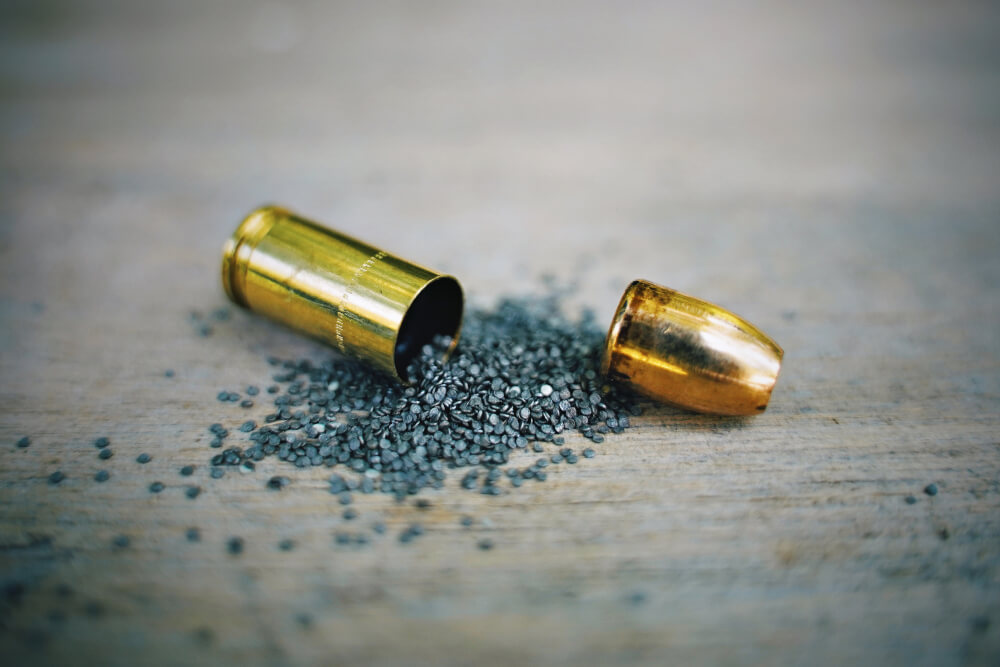
Barrel Length
On the surface, longer barrels will typically mean more muzzle velocity. When fired, the primer of the round is ignited, which ignites the propellant powder in the cartridge. This creates an explosion, and the gases that are created expel the bullet through the barrel.
In rifles and shotguns, the longer barrel creates a longer time interval that the gas can act on the bullet, thus increasing the muzzle velocity. The other side to this is that a handgun with a short barrel has much less distance for the chamber pressure to act on the bullet from the explosion. There is a point of diminishing returns when it comes to barrel length because friction is a counterforce to muzzle velocity, so the longer the barrel, the more friction involved.
Now that we’ve covered the main components that impact muzzle velocity the most, let’s discuss a little bit more about why muzzle velocity is an important metric to think about.
Why Is Muzzle Velocity Important?
Accuracy
Overall, the muzzle velocity of a bullet correlates to a flatter trajectory of travel, meaning that the bullet will drop less over a specific distance if the velocity is increased. This directly translates to accuracy.
The faster a bullet is traveling, the longer it will stay on its desired path of travel. It is important to keep in mind that velocity isn’t the only factor that determines the accuracy of a bullet. Barrel length, rifling, bullet weight, and atmospheric factors play a correlated role as well.

Terminal Performance
Muzzle velocity is also crucial for how the bullet will perform at impact and transfer energy to the target. Bullet design has come a long way since the black powder musket ball designs.
Today, bullets are designed to penetrate and expand in certain ways. The energy that a bullet has at impact is directly related to the mass of the bullet and the velocity it is traveling. The faster the bullet is traveling, the more energy is delivered, which will help penetrate deeper, expand larger, or both.
It’s important to remember that targets are at different distances, which makes a difference between the muzzle speed vs the speed at the target. The further the bullet has to travel to its intended target, the more velocity it will lose based on its ballistic coefficient (ability to resist air drag).
For those individuals who target shoot or hunt at increased distances, muzzle velocity is important but also it is necessary to understand the rated velocity at different distances. The terminal performance of the bullet may not be as desired, depending on the distance and decreased velocity.
Food for Thought
- The fastest muzzle velocity of a commercially produced round comes from .220 Swift and it was clocked in at 4,665 fps.
- Typical 9mm muzzle velocity can range from 950 fps to over 1,500 fps depending on the grain and load of the round. From target to self-defense, 9mm is an extremely diverse caliber.
- The average AR-15 muzzle velocity for a standard round is around 3,200 fps. The .223 Remington round was specifically designed for use in the ArmaLite Rifle (AR).
- The average 12-gauge shotgun can expel 437.5 gr (1 oz) slugs around 1,800 fps. The muzzle velocity will vary greatly with the gauge and slug/birdshot changes.
- The popular hunting round of .308 Winchester has a muzzle velocity range of 2,510 to 3,100 fps.
Hopefully, this information put a little perspective as to why muzzle velocity is important to consider, but a lot of factors come into play that are correlated as well. Determining what your desired goals and types of shooting are can help you determine the right amount of time you should spend focusing on muzzle velocity.
Whether you’re looking for the best .30-06 target rounds or 9mm self-defense rounds, we have exactly what you need at AmmoForSale.com. We carry a large selection of manufacturers and the most popular calibers for all your shooting needs. With fast shipping and bulk pricing, you’ll spend less time and money shopping, and more time shooting!

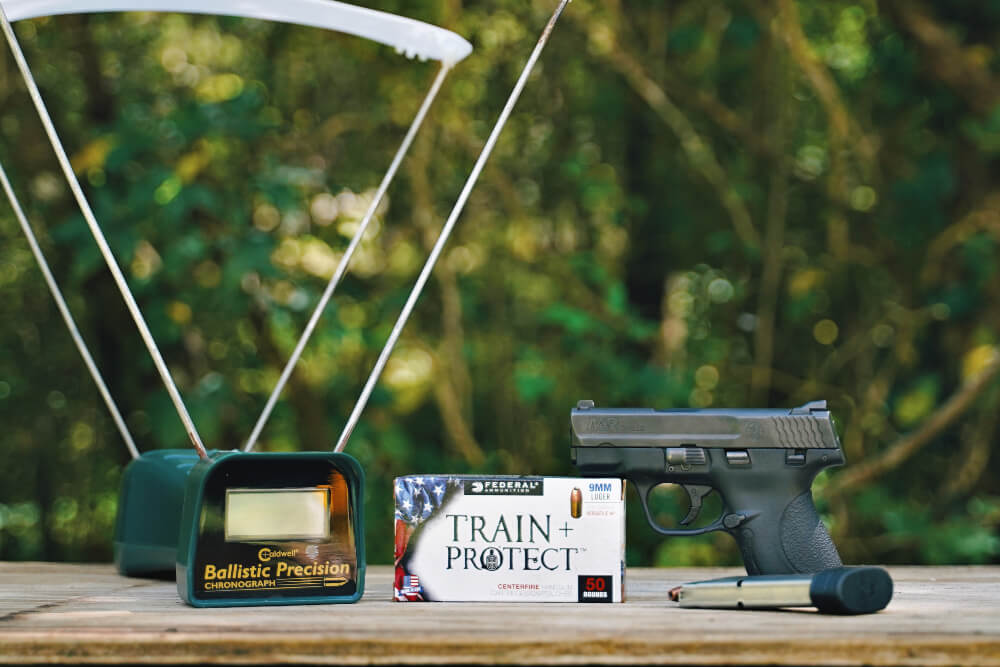
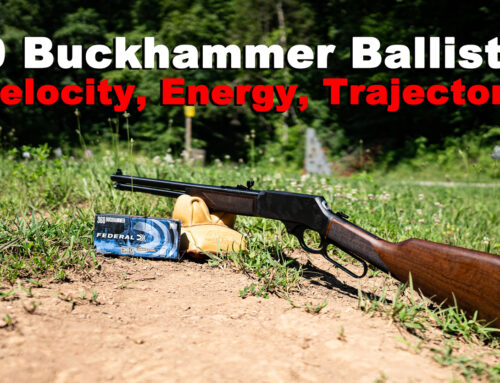
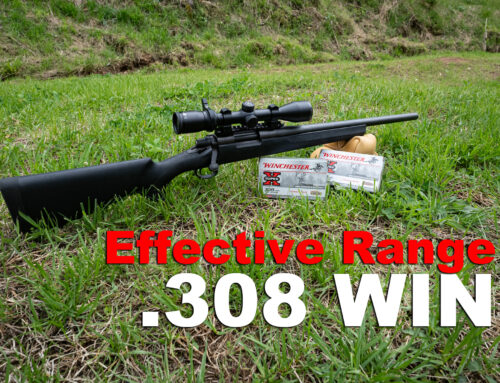
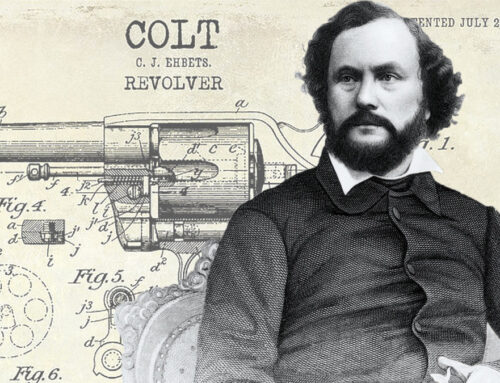
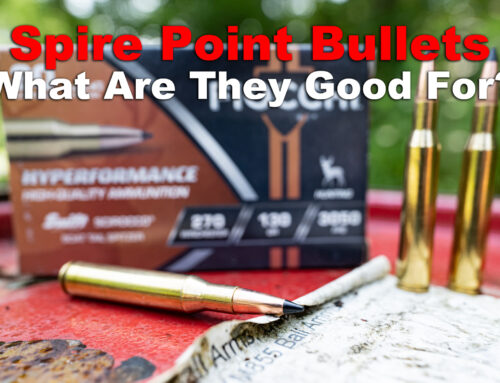
Leave A Comment